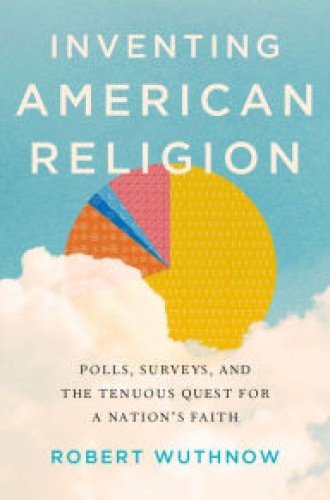Do pollsters invent religion?
For a sociologist of religion like me, the cover of Robert Wuthnow’s Inventing American Religion grabs at least as much attention as would the cover of a book by a church organist promising to give the lowdown on sex in the choir loft. The title calls out those who conduct polls and surveys on American religion and accuses them of inventing what they claim to measure.
Wuthnow began his distinguished career as an analyst of survey research on religion and later served on the boards of two of the most prominent organizations in polling (Gallup) and survey research (the General Social Survey), so he is privy to much of the story. Early chapters open with portentous vignettes of important scholars doing obscure things long ago in scattered locations (Chicago 1904, Princeton 1941, New York 1951). For the first hundred pages, I thought I could hear timpani and rolling pianissimo in the background: I was prepared for Robert Wuthnow, holder of an endowed chair at Princeton and author of over 30 books and countless articles on religion, to set off an explosion.
The blast never comes. The book contains valuable information on the history of surveys of religion, including portraits of George Gallup Jr. and George Barna, long the two most influential pollsters of religion, and an account of the recent rise to prominence of the Pew Research Center. Wuthnow explains why polls and surveys on religion are both necessary and problematic. Administrative rulings prohibit questions about religion in the decennial U.S. Census. And unlike political polls, where elections serve as real-world events against which predictions can be tested, polls and surveys on, say, the frequency of prayer and attitudes toward the Bible, refer to behaviors and dispositions known only to God.





